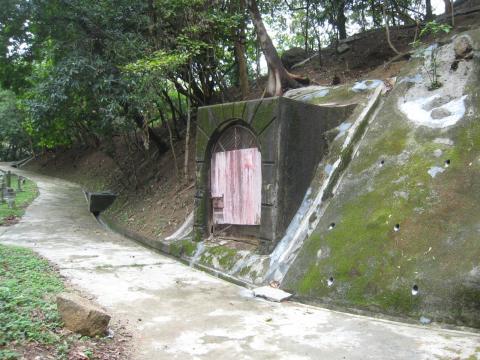Welcome
Welcome to Gwulo.com, and over 30,000 pages about old Hong Kong.
If it's your first visit, you might like to use the search box at the top of the page to find what you're looking for, check out the latest old photos, or just scroll down to browse through recent articles.
I hope you'll join in too, and share your questions and knowledge with us. Most pages let you leave a comment, it's easy to upload a photo, and the Forum is waiting for you to post a new message.
Finally, if you're interested in Hong Kong history, please stay in touch by signing up for Gwulo's free weekly newsletter.
Kind regards,
David
PS 'Gwu lo' is roughly how '古老' sounds in Cantonese. It means 'ancient' or 'old-fashioned'.


